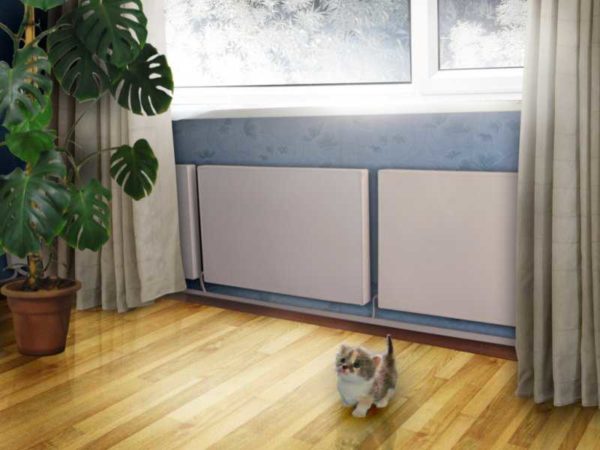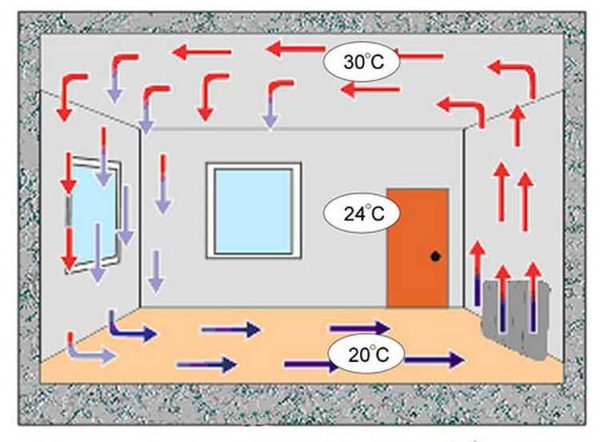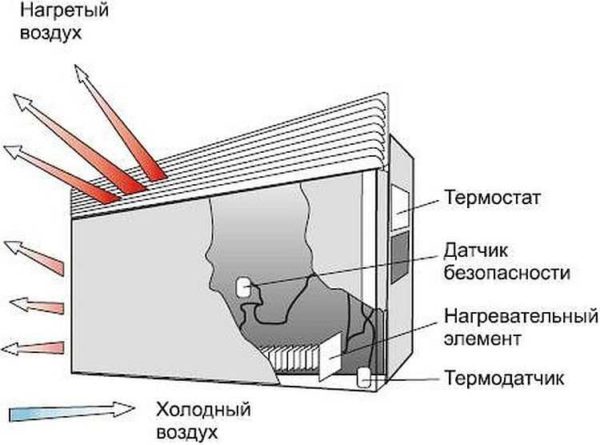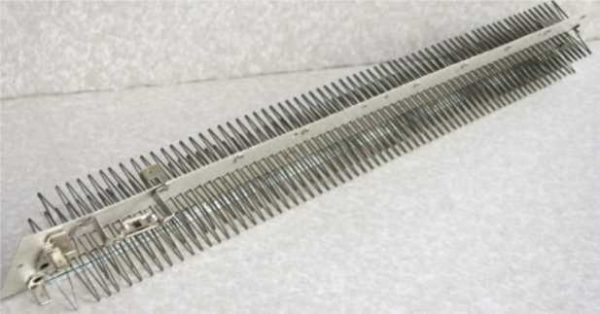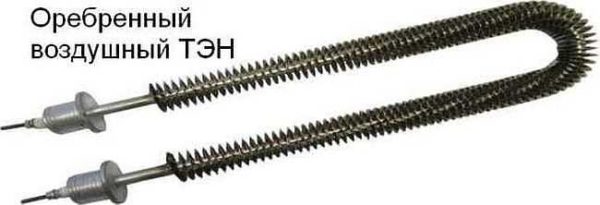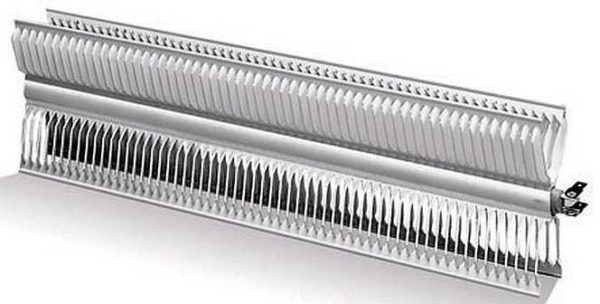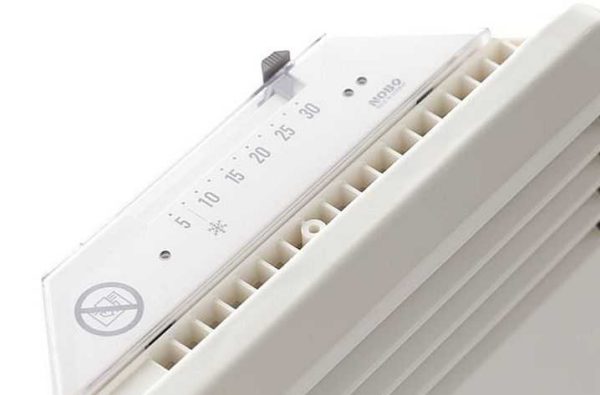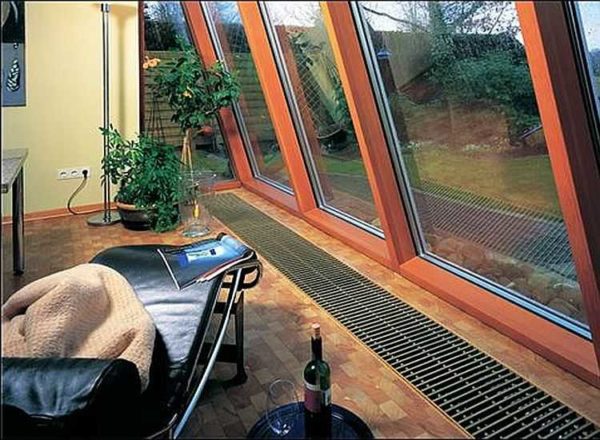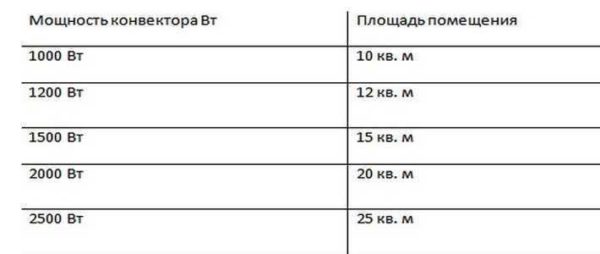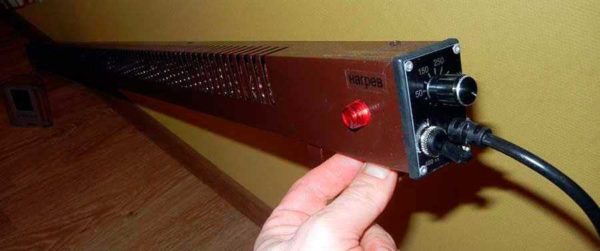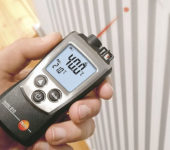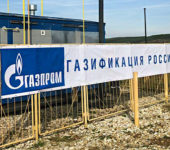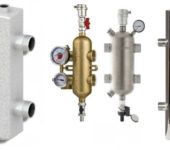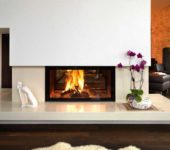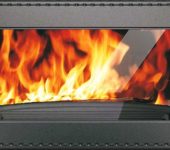Selection of electric convector heaters
Water heating, traditional for our country, is complicated and expensive at the installation stage. Therefore, many are looking for other options for heating rooms, crowbars, summer cottages and apartments. The first thing that comes to mind is electric heating convectors. Installation is super simple: put it on or hang it up, plug it in. All. You can warm up. The only limitation is whether the wiring can withstand such a load. The second is decent electricity bills, but they can be reduced by setting two-tariff meter.
The content of the article
What is convection and convector
Convection is the process of transferring heat through the movement of heated air. A convector is a device that heats air and facilitates its movement. There are convectors in which heating occurs due to the circulation of the coolant, then they are part of the water heating. But we will talk about electric convectors, which convert electricity into heat, and air currents carry this heat around the room.
According to the method of installation, convector electric heaters are wall-mounted, floor-standing, trench-type (built-in below floor level), baseboard and universal (mounted on the legs that come with the kit or hung on the wall).
It is impossible to say which form of electric convectors is better. All forms are developed taking into account thermodynamics (in any case, normal companies do it this way), so the choice is based only on your own preferences and on which design fits best into the design of the room. Nobody forbids putting different types of electric convectors in one apartment, house or even in a room. The main thing is that the wiring withstands.
Installation of electric convectors for heating
The device of the electric convector is simple:
- a housing with openings for air intake and exhaust;
- heating element;
- sensors and control and monitoring device.
The body is made of heat-resistant plastic. The shape can be flat or convex, rectangular or square. There are holes in the bottom of the case - cold air is sucked into them. There are also holes in the top of the case. Heated air comes out of them. Air moves without stopping, and the room heats up.
The heating element of an electric convector is what you need to pay attention to when choosing. The type of heater affects the service life of the equipment and the air condition.
Types of heating elements for electric convectors
Heating elements in electric heating convectors are of three types:
- Needle-like. This is a dielectric tape, into which hinges-needles from an alloy of chromium and nickel are mounted. The surface of the heater is covered with a layer of protective varnish. The hinges stick out from both sides, they heat up very quickly, they cool down just as quickly, and this is a plus for such heaters - it is easy to maintain the set temperature. The second positive point is low cost. Electric convectors with needle-type heaters are one third cheaper. disadvantages - cannot be used at high humidity, the fragility of the needles leads to the fact that such a heating element quickly fails.
- Heating element. Tubular electric heater. This is a hollow metal tube inside which a spiral is sealed.The distance between the spiral and the casing is filled with heat-conducting backfill. On the heating elements for convectors, ribs are additionally soldered to increase heat transfer. The disadvantages of this heater are relatively low efficiency, high inertia - due to losses during heat transfer from the coil to the body - it takes time to reach the operating mode. Another drawback: during operation, the heating element can crackle. The reason is the different temporal expansion of the materials used. Advantages - the spiral is reliably protected, the convector heater can be used in humid rooms. Also a positive point is the long service life.
- Monolithic heaters are the quietest, with minimal heat loss. The same thread from an alloy of nickel and chromium is sealed in a cast body with ribbing. Heat loss during transfer from the thread to the body is minimal, the thermal expansion of all parts is the same.
Electric convectors with monolithic heaters are considered the best, but they are also the most expensive. With the use of heating elements - a little cheaper.
Types of thermostats and controls
Electric heating convectors can be controlled by a mechanical thermostat or electronics. The cheapest convector electric heaters have a thermostat, which, when the set temperature is reached, breaks the power supply circuit of the heating element. When it cools down, the contact appears again, the heater turns on. Devices of this type cannot maintain a constant room temperature - the thermostat is triggered by the heating of the contact plate, and not by the air temperature. But they are simple and quite reliable.
Electronic control uses several sensors that monitor the state of the air in the room, the degree of heating of the device itself. The data is processed by a microprocessor, which adjusts the heater operation. The desired mode is set from the control panel located on the body, and there are also models with a control panel. You can find programmable models that allow you to set the heating mode for a whole week - while there is no one at home, set it to maintain about + 10 ° C or lower and save on bills, before people arrive, warm the room to a comfortable temperature. There are generally “smart” models that can be integrated into the “smart home” system and controlled from a computer.
Choosing a location
Rather, the question is not: which convector is suitable for fulfilling your wishes. If you want to bring the appearance of the room closer to the standard one, you can hang rectangular wall convectors under the windows. A little more attention is attracted by the models that can be installed under the ceiling, but they are not accessible to children and pets - they will not be able to burn themselves or "adjust" in their own way. The installation method is the same here - on brackets fixed to the wall. Only the shape of the brackets differs.
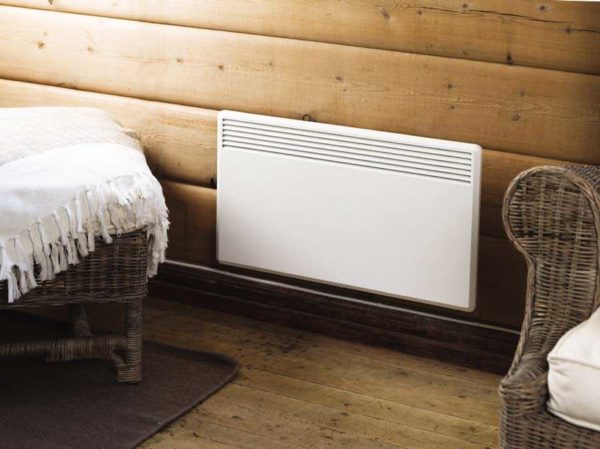
You can choose any place for the installation of the electric convector. It is advisable only that it is not covered with furniture.
If you want the heating devices to be invisible, you will have to choose between baseboard models and trench models. There is a big difference in installation: the skirting boards were simply installed and plugged into the network, while under the floor ones you will have to make special recesses in the floor - their top panel should be on the same level with the finished floor. In general, you cannot install them without major repairs.
Power calculation
If the convector is needed only as an additional source of heat - for the period of severe cold weather - it makes sense to take a couple of low-power devices - 1-1.5 kW each. They can be rearranged in those rooms where you want to raise the temperature. If convector heating is the only source of heat, everything is much more serious.
If you do everything "according to your mind", you need to calculate the heat loss of a house or apartment and select equipment based on the results of the calculation. In fact, this is done very rarely. Much more often they consider the necessary heating power by area: for heating 10 sq. m. area requires 12 kW of heat. But these are the norms for an average ceiling height - 2.50-2.70 m and average insulation. If the ceilings are higher (you need to heat the air volume) or there is absolutely no insulation, the power is increased by 20-30%.
Manufacturers, characteristics and prices
Electric convector heaters are produced by several companies that produce other household appliances - Electrolux, AEG, Hyundai, Stiebel Eltron, Zanussi. In addition, there are many companies that specialize in just such a technique or produce two or three more product groups. Among them are Russian manufacturers - Ballu, Termica, Ural-Mikma-Term, Alvin. There is also a whole group of European brands:
- Airele, Noirot and Atlantic (France),
- Extra, Royal Thermo, Scoole, Тimberk, WWQ (China),
- Frico (Sweden),
- NeoClima (Greece),
- Nobo (Norway)
and many others. Electric heating in Europe is the norm, they rarely have water heating. Hence, such a number of firms engaged in the production of such household appliances. But, as usual in recent years, most firms have moved production to China, so the assembly is mostly Chinese, although quality control should be at the level.
Electric heating convectors can be from 0.5 kW to 2.5-3 kW. They work mainly from a 220 V network, if necessary, you can find three-phase ones - from 380 V. With an increase in power, the size (mainly depth) and price grow. If we talk about prices on average, then for imported electric convectors the price is about $ 80-250, for Russian - $ 30-85.
| Name | Power | Additional functions | Mounting type | Control type | Heating element type | Dimensions (D * W * H) | Price |
|---|---|---|---|---|---|---|---|
| AEG WKL | 0.5 / 1 / 1.5 / 2 / 2.5 / 3 kW | overheat protection | Wall | Thermostat | Heating element | 78*370*450 | 105 - 195 $ |
| Airelec Paris digital 05DG | 0.5kw | overheat protection | Wall | Electronic | Monolithic | 80*440*400 | 60-95 $ |
| Termica CE 1000 MR | 1 kW | Overheating protection + ionizer | Floor | Thermostat (mechanical) | Heating element | 78*400*460 | 50 $ |
| Nobo C4F 15 XSC | 1.5 kW | Overheat and rollover shutdown | Wall / floor | Electronic | Heating element | 55*400*975 | 170 $ |
| Stiebel Eltron CS 20 L | 2 kW | Overheating protection + fan | Floor | Thermostat (mechanical) | spiral heating element | 100*437*600 | 200-220 $ |
| Stiebel Eltron CON 20 S | 2 kW | overheat protection | Floor | Thermostat (mechanical) | Heating element made of stainless steel | 123*460*740 | 450 $ |
| Noirot Melodie Evolution1500 | 1.5 kW | Overheating and rollover shutdown | Wall-mounted (low height) | Electronic | Monolithic | 80*220*1300 | 300-350 $ |
| Ballu BEC / EVE - 1500 | 1.5 kW | Overheat and rollover shutdown | Wall / floor | Electronic | Heating element Double G Force | 111*640*413 | 70 $ |
| Timberk TEC.PF1 M 1000 IN | 1 kW | Overheat and rollover shutdown + ionizer | Wall / floor | Thermostat (mechanical) | Needle + Quiet + Economical | 100*410*460 | 65 $ |
| Dantex SD4-10 | 1 kW | Overheat and rollover shutdown | Wall / floor | Electronic | Needle + Quiet + Economical | 78*640*400 | 45 $ |
Useful additional functions
When choosing electric heating convectors, pay attention not only to technical parameters. There are also additional features that increase comfort and safety:
- Overheat protection. An additional sensor is installed on the body, which turns off the power when the threshold value is reached. Usually it is + 60 ° C.
- Disconnect on fall. This function is relevant for floor standing models. If the position is changed (dropped or tilted), the power is turned off. This function prevents possible fires.
- Restart. When turned on again, the electric convector automatically sets the settings that were when it was turned off.
Overheating protection and fall-off are very useful features to enhance the safety of your equipment. What else you can pay attention to is how quiet or loud the unit is. It's not just about the heating element (he usually clicks).When triggered, the mechanical thermostat also clicks. If you choose convection heaters for your bedroom, quiet operation is very important.

